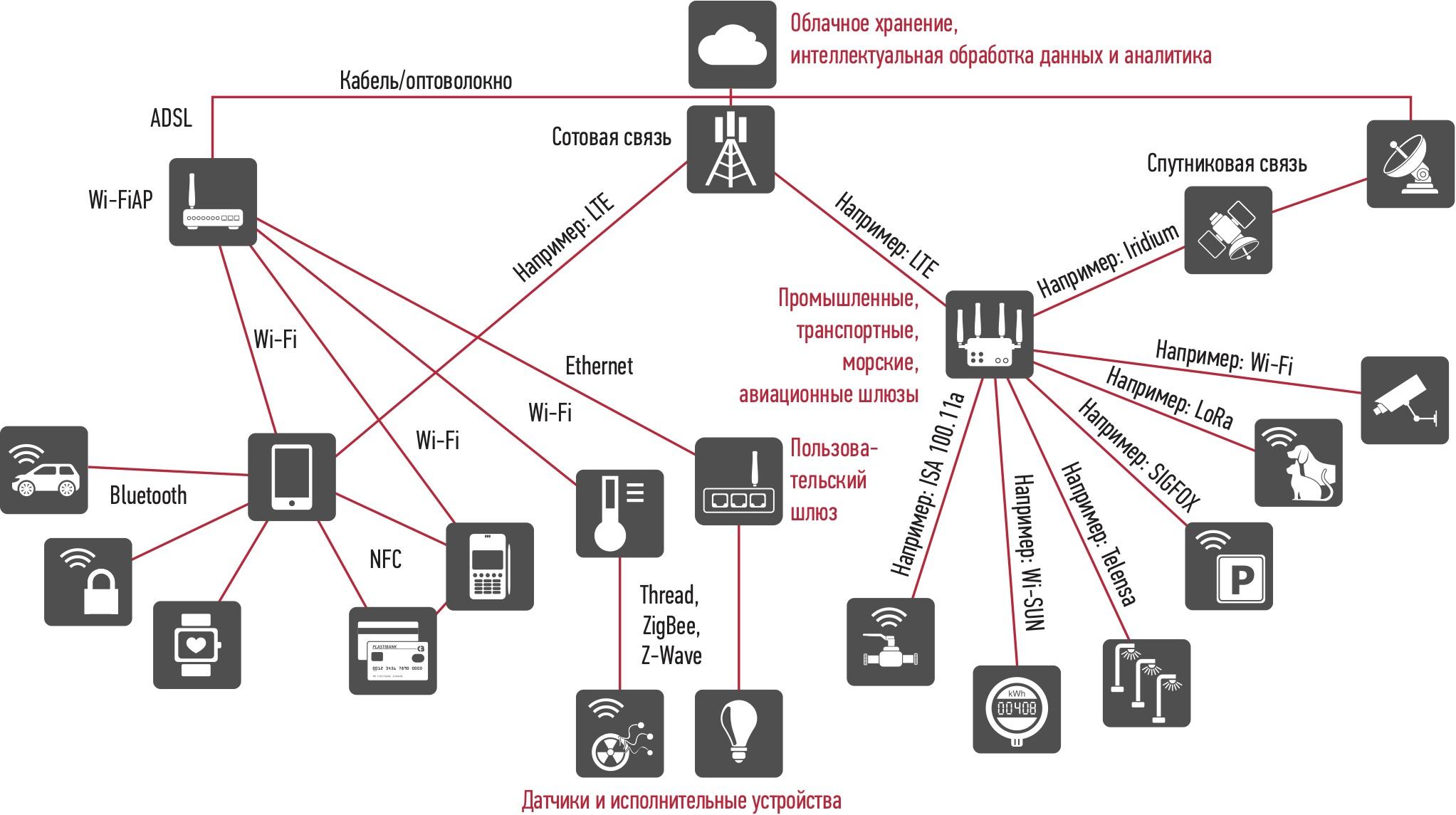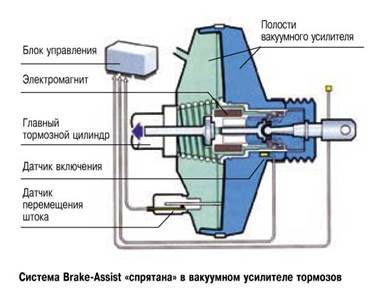
Battery-free Internet of Things with micro-powered transmitter
A subset developed by researchers at the University of California, San Diego, USA, allows Internet of Things (IoT) devices to communicate with Wi-Fi networks at five thousand times less power than current Wi-Fi transmitters. According to measurements presented at the recently concluded International Conference on Semiconductor Circuits ISSCC 2020, it consumes only 28 microwatts (millionths of a watt).
With that power, it can transfer data at two megabits per second (fast enough to stream music and most YouTube videos) up to 21 meters away.
Modern commercial Wi-Fi capable devices typically use hundreds of milliwatts (thousandths of a watt) to connect IoT devices to Wi-Fi transmitters. As a result, the need for batteries, rechargeable batteries, frequent charging or other external power sources (see also:) A new type of device allows you to connect devices without external power, such as smoke detectors, etc.
The Wi-Fi module works with very little power, sending data using a technique called backscatter. It downloads Wi-Fi data from a nearby device (such as a smartphone) or access point (AP), modifies and encodes it, and then transmits it over another Wi-Fi channel to another device or access point.
This was achieved by embedding a component in the device called a wake-up receiver, which "wakes up" the Wi-Fi network only during transmission, and the rest of the time can remain in a power-saving sleep mode using as little as 3 microwatts of power.
Source: www.orissapost.com
See also:

